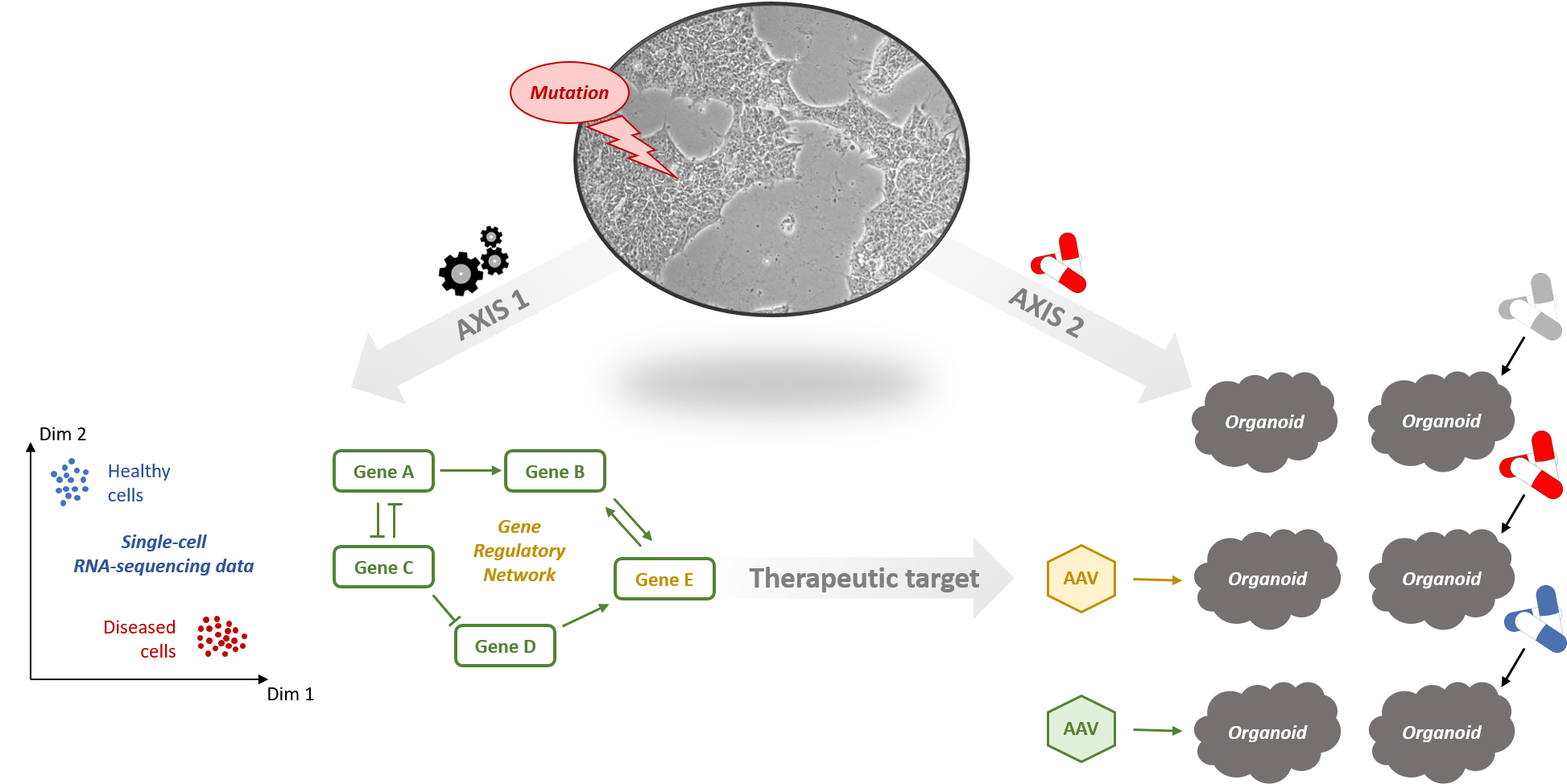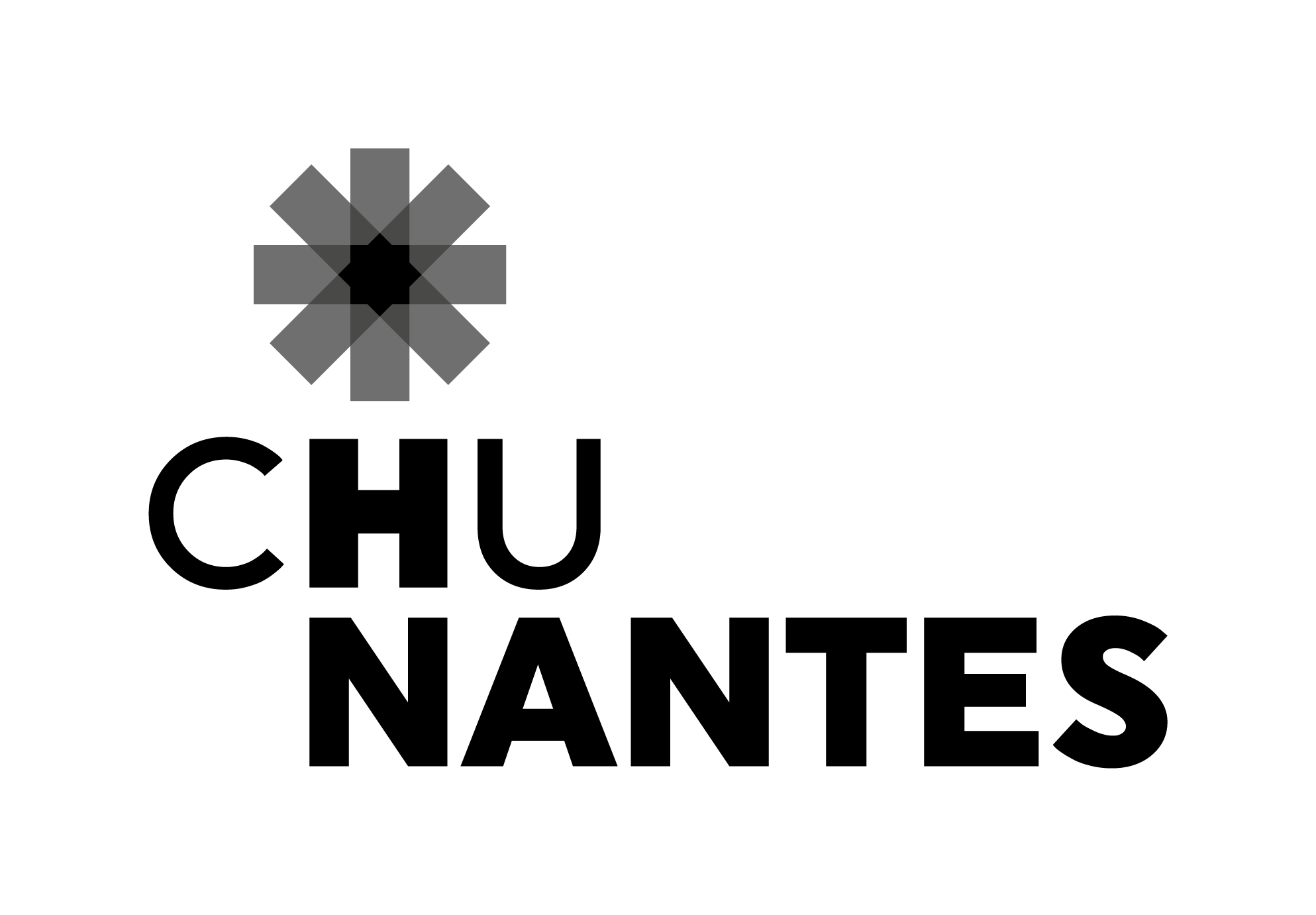Next generation disease models – ATIP Avenir
The “Next-generation disease models” research group was created to provide new preclinical models complementary to in vivo experimentations, for the development of gene therapy strategies.
Gene therapy using adeno-associated virus (AAV) vectors is a promising approach to treat multiple diseases, in particular those with a genetic origin that can affect various tissues such as muscles, liver, brain, retina, etc. However, in vivo models have recently shown limited abilities to predict therapeutic efficacy and serious adverse events in patients and to fully understand the subtlest disease molecular mechanisms. The development of second-generation gene therapies will therefore require experimental models that are versatile, easy to use, and as close as possible to the patient.
Our strategy employs induced pluripotent stem cells (iPSCs) generated from patients’ samples to differentiate specific cell types organized in two dimensions or 3D organoids in vitro and develop new “disease-in-a-dish” models for specific diseases.
Our research program is divided into two major axes:

Identification of early disease phenotypes and new therapeutic targets
Here, we use iPS cell lines carrying patient-specific mutations to identify their early consequences during in vitro development. We combine single-cell RNA-sequencing with state-of-the-art bioinformatic pipelines to assess iPS cell differentiation kinetics in a disease context and investigate the gene networks differentially regulated immediately downstream of the mutation.
Generation of human iPSC-derived organoids for preclinical testing
In this part, we aim to develop a preclinical testing platform based on human iPSC-derived organoids. This technology should allow rapid screening of multiple therapeutic strategies in parallel (gene therapy, pharmacology, etc.). For this purpose, we seek to optimize robust and reproducible organoid generation protocols, to achieve an acceptable cellular maturation level and closely mimic the native tissue architecture.
Team members :
Jean-Baptiste Dupont, Ph.D, Team leaderBérangère Robert, Technician INSERM
Clémence Lièvre, PhD Student
Ninon Carlet, M4R Master student, Nantes Université





